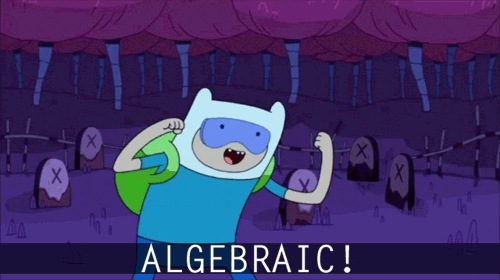

This is super cool. Watched the talks from Max Brunsfeld, surprised this has been around since 2018 and I haven’t heard of it.
I actually tried some complex parsing myself lately. I had a bunch of YAML I needed to maintain for various deployments in a CI/CD system. I really wanted to have one YAML template to generate the files, plus a file for each project with unique elements to be injected into that project’s generated YAML.
Probably was more of an indication that we needed to clean up the overrides we were putting on top of our Helm charts, but I wanted a way to generate our lengthy override files without having to manually keep track of where the differences were between projects. And maybe even stage changes to deployment files for when new product versions are released.
This is exciting. I’m going to look into Tree Sitter more and maybe try to contact the dev. It seems like it does everything I’m looking for, just for an entirely different use case.







It is time to fill your role in the family business, Wishbone.